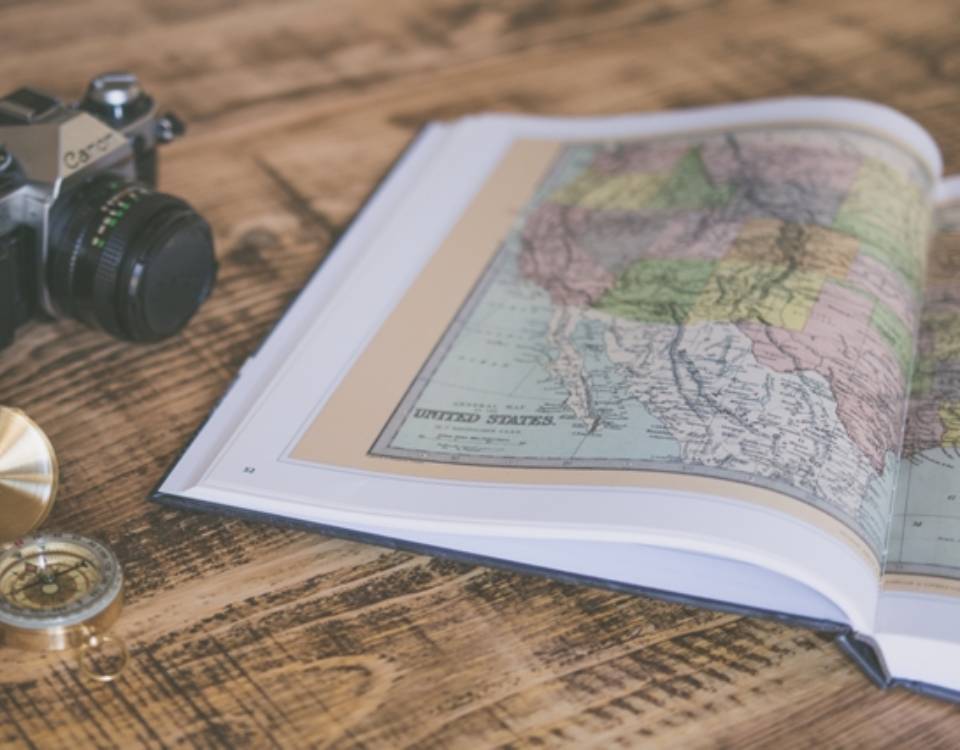
22 MARCH 2018
Seminar on Spatial Image Analysis
Dipylon is launching a new seminar entitled “Spatial Image Analysis” under the auspices of the Greek chapter of the international non-profit organization "Computer Applications and Quantitative Methods in Archaeology" (CAA-GR) with the support of the Laboratory of Geophysical - Satellite Remote Sensing and Archaeo-environment of the Institute of Mediterranean Studies.
Photographs are inherently spatial artefacts. They are produced in specific spaces, and they usually capture and convey information about those spaces in a visual manner. The rapid developments in digital photography, GPS-enabled personal devices and geocoding techniques have allowed humanities and social science scholars to investigate the spatiotemporal properties of images alongside other forms of analysis. At the same time, such metadata can enable the exploration of big datasets, offer insights and opportunities to revisit our research practices and generate new research questions.
However, most image collections used in humanities’ research are not geotagged, and this limits the boundaries of exploring and understanding such collections. This workshop is an introduction to Spatial Image Analytics and its main goal is to familiarise participants with the basic terms, concepts and methods used throughout the process of performing this analysis. More specifically, this seminar is of interest to a variety of digital humanities students, scholars and professionals who work with images (emphasis is placed on History, Archaeology and Cultural Heritage Management). This seminar is organised in two main sections, georeferencing and spatial analysis of images, and it includes the following:
- overview and value of spatial image analytics for cultural heritage and the broader humanities.
- introduction to georeferencing images.
- familiarising with non-automated and semi-automated techniques of georeferencing images (theory and practice).
- image metadata editing..
- Introduction to HotSpot analysis: preparing data and map, processing data, creating a conceptual model for the analysis, data visualisation and interpretation (theory and practice).
The seminar will be conducted in the form of a hands-on workshop using data and examples from History of Art and Cultural Heritage Management. During this seminar, participants are encouraged to bring and share their own experiences and examples and/or use their own datasets. By the end of the seminar, the learning material will be available to participants.
- Instructor:
- Angeliki Chrysanthi, Digital Heritage MSc, PhD.
- Duration:
- 10 hours in 3 weekly meetings
- Time:
- 17:30-20:30
- Dates:
- every Thursday April 19 – May 3, 2018
- Language:
- Greek
- Place:
- DIPYLON offices, Roma 5, 106 73, Athens
- Participation fee (per person):
- € 80
- Applications:
- until April 13, 2018. Maximum number of participants: 10 on a first-come first-served basis.
- Further information:
- Κaterina Stathi info@dipylon.org

